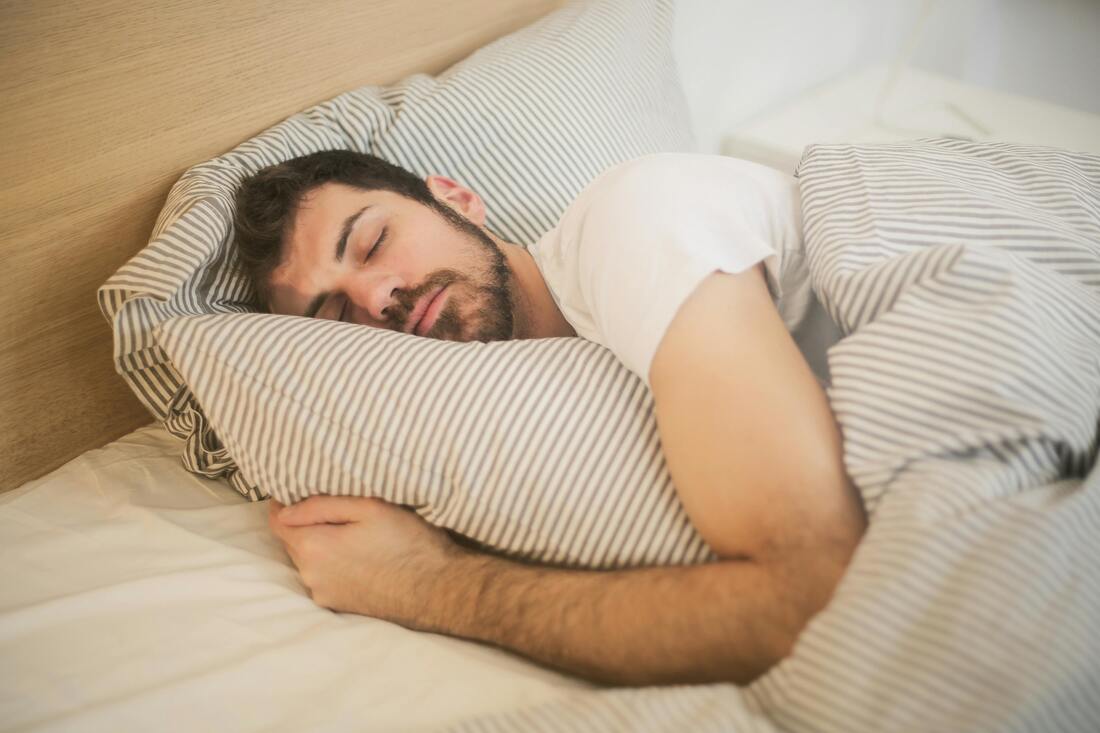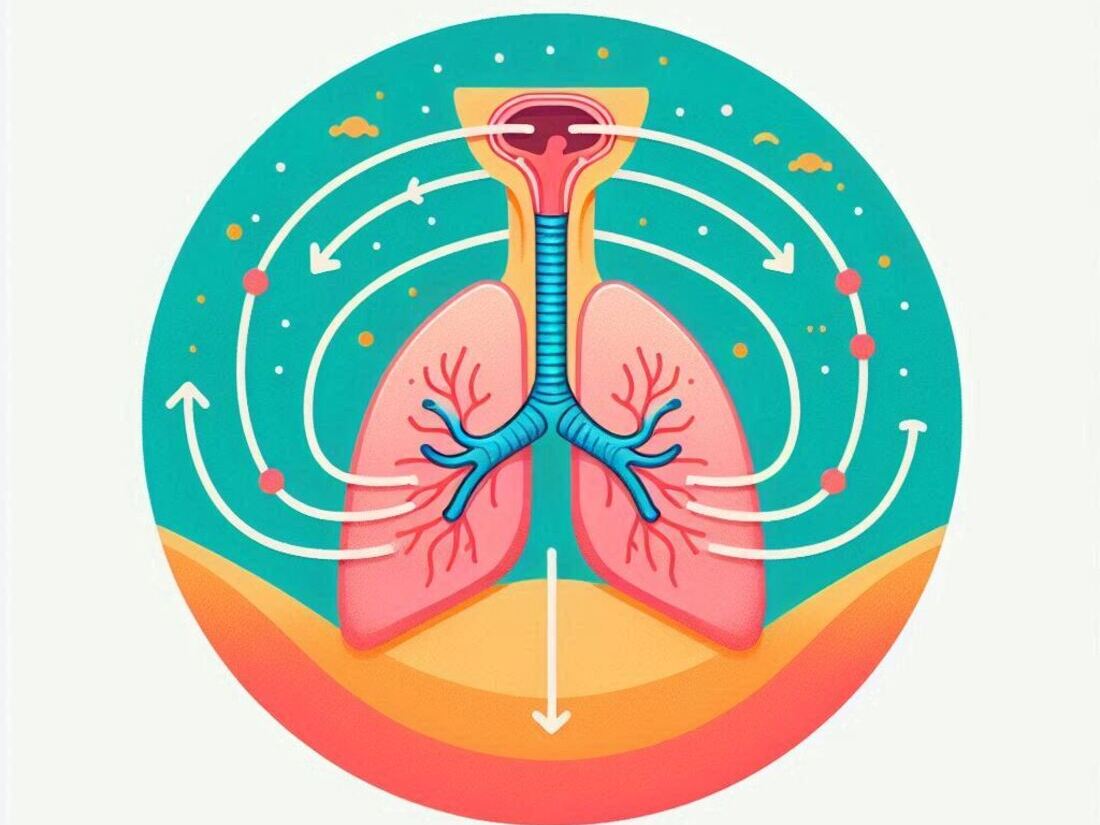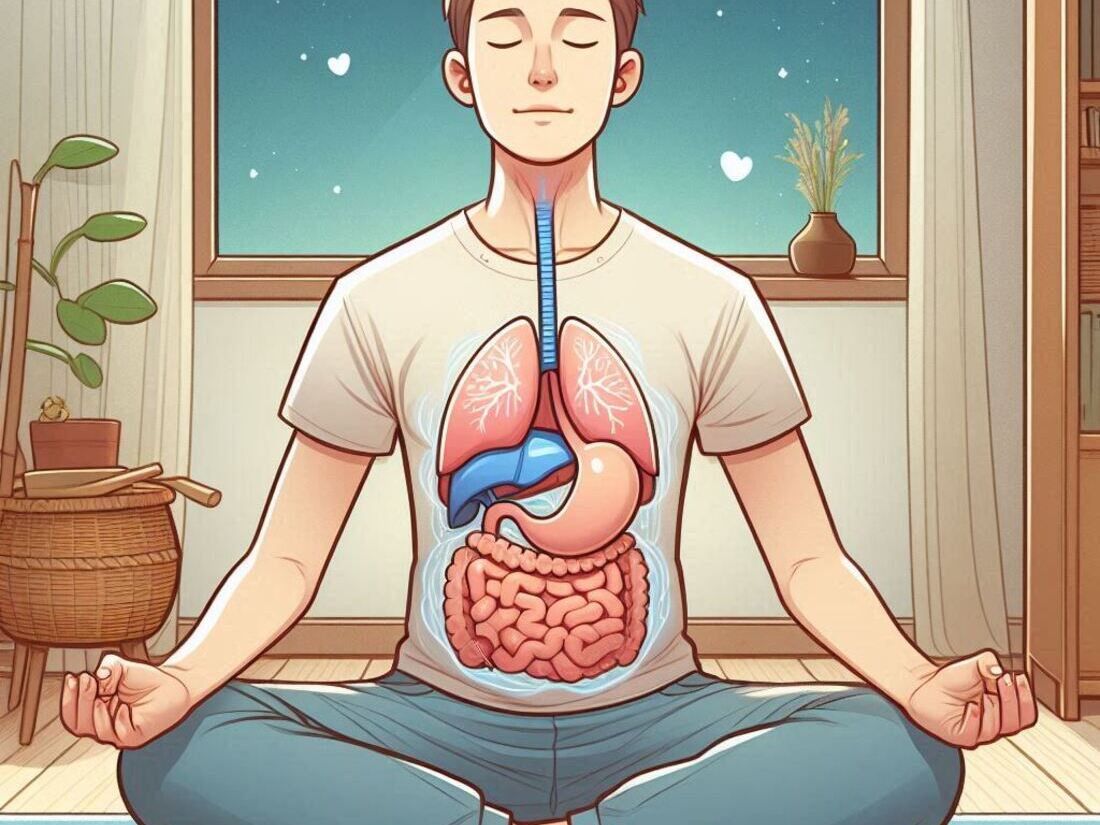Do you toss and turn all night, counting sheep that seem to be more interested in staying awake than you are?
Millions of people struggle with sleep, often due to stress, anxiety, and an inability to quiet their minds.
But what if there was a simple, natural solution that could help you drift off peacefully and wake up feeling refreshed?

Enter the power of relaxation techniques.
By incorporating specific practices into your bedtime routine, you can activate your body’s natural relaxation response, calm your nervous system, and create the perfect environment for restful sleep.
Key Takeaways
- Relaxation techniques can significantly improve sleep quality by reducing stress and anxiety.
- Deep breathing exercises, progressive muscle relaxation, and guided meditations are effective methods for promoting relaxation before bed.
- Creating a calming sleep environment with consistent sleep schedules, limited screen time, and a relaxing bedtime routine can further enhance sleep quality.
Why Relaxation Matters for Sleep

Our bodies are wired to respond to stress with a “fight-or-flight” response, characterized by increased heart rate, rapid breathing, and heightened alertness.
This state is the opposite of what we need for sleep, making it difficult to fall asleep and stay asleep.
Relaxation techniques, on the other hand, activate the parasympathetic nervous system, responsible for our “rest and digest” response.
This system slows down the heart rate, lowers blood pressure, and promotes feelings of calmness, making it easier to drift off and achieve deeper, more restorative sleep.
Effective Relaxation Techniques for Improved Sleep
Deep Breathing Exercises

- Diaphragmatic Breathing: Lie on your back with one hand on your chest and the other on your stomach. Inhale slowly through your nose, feeling your belly rise (not your chest). Exhale slowly through pursed lips, feeling your stomach sink back down. Repeat for 5-10 minutes.
- 4-7-8 Breathing: Inhale deeply through your nose for a count of 4, hold your breath for a count of 7, and exhale slowly through pursed lips for a count of 8. Repeat this cycle for several minutes.
Progressive Muscle Relaxation

- Tense and relax different muscle groups in your body, starting with your toes and working your way up to your head. Hold the tension for a few seconds, then release and focus on the feeling of relaxation.
Guided Meditations

- Listen to guided meditations specifically designed for sleep. These meditations often use calming imagery and gentle instructions to guide you into a state of deep relaxation.
Mindfulness Techniques

- Practice focusing on the present moment and letting go of intrusive thoughts. Techniques like mindful breathing and body scans can help quiet your mind and prepare you for sleep.
Here below is a summary table of Relaxation Techniques For Improved Sleep.
| Technique | Description | Benefits |
|---|---|---|
| Diaphragmatic Breathing | Deep breathing using your diaphragm muscle. | Promotes relaxation, lowers stress, improves sleep quality. |
| 4-7-8 Breathing | Simple breathing exercise with specific counts for inhalation, breath holding, and exhalation. | Calms the mind, reduces anxiety, promotes sleep onset. |
| Progressive Muscle Relaxation | Tensing and releasing different muscle groups in the body. | Releases tension, promotes overall relaxation, prepares for sleep. |
| Guided Meditation | Audio recordings that guide you through relaxation and visualization exercises. | Quiets the mind, reduces stress, promotes sleep. |
| Visualization | Imagining yourself in a peaceful and relaxing setting. | Triggers the relaxation response, reduces anxiety, improves sleep quality. |
Creating a Calming Sleep Environment
- Consistent Sleep Schedule: Go to bed and wake up at the same time each day, even on weekends, to regulate your body’s natural sleep-wake cycle.
- Limit Screen Time: The blue light emitted from electronic devices can interfere with sleep. Avoid screens for at least an hour before bed.
- Relaxing Bedtime Routine: Develop a calming routine before bed, such as taking a warm bath, reading a book, or listening to calming music.
- Optimize Your Bedroom: Ensure your bedroom is dark, quiet, and cool for optimal sleep conditions.
Frequently Asked Questions (FAQs)
- How long does it take for relaxation techniques to work? The effectiveness of relaxation techniques can vary depending on the individual and the specific technique used. However, most people experience some level of relaxation within minutes of practice.
- Can I use relaxation techniques even if I have trouble falling asleep? Yes, relaxation techniques can be helpful even if you have difficulty falling asleep. They can help reduce anxiety and promote a calmer state, making it easier to drift off.
- Are there any risks associated with relaxation techniques? Relaxation techniques are generally safe for most people. However, if you have any underlying health conditions, it’s always a good idea to consult with your doctor before starting any new practice.
Conclusion
By incorporating relaxation techniques into your bedtime routine and creating a calming sleep environment, you can significantly improve your sleep quality and wake up feeling refreshed and energized.
Remember, consistency is key.
The more you practice these techniques, the easier it will become to fall asleep and achieve restful sleep.
Additional Resources
- Sleep Foundation: https://www.sleepfoundation.org/
- American Academy of Sleep Medicine: https://aasm.org/
Disclaimer: This blog is intended for informational purposes only and should not be construed as medical advice. Always consult with your healthcare professional before starting any new practice, especially if you have any underlying health conditions.
